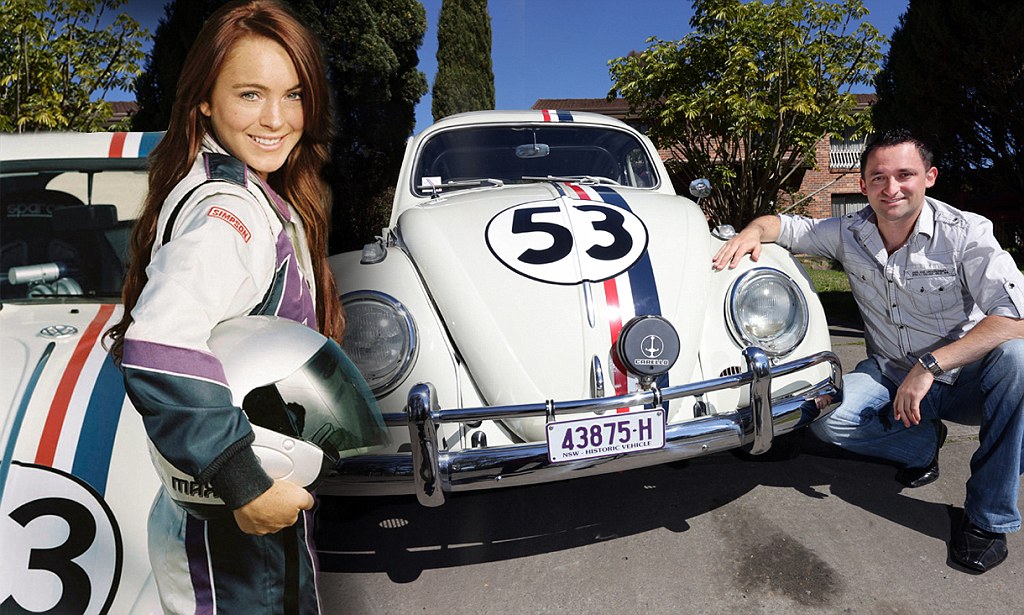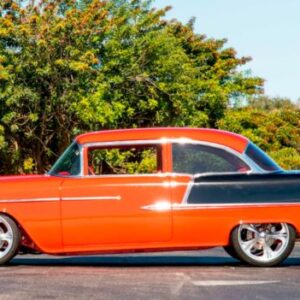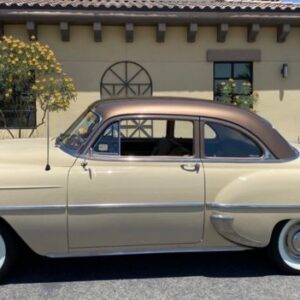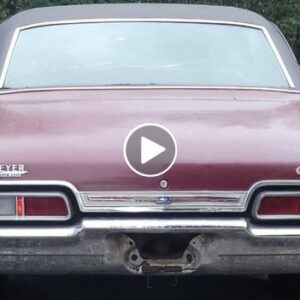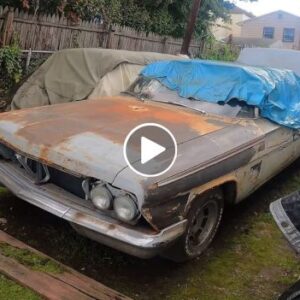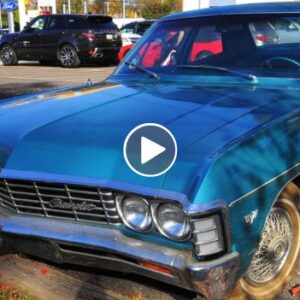The 1938 Volkswagen Beetle, also known as the Type 1 or the “People’s Car,” was one of the early models of the iconic Volkswagen Beetle produced by the German automaker Volkswagen.

1. Origins
The concept for the Volkswagen Beetle can be traced back to the 1930s when the German government, under Adolf Hitler, sought to create a cheap and practical car for the masses. The idea was to design an affordable vehicle that could accommodate two adults and three children, travel at a speed of 100 km/h (62 mph), and have low fuel consumption.
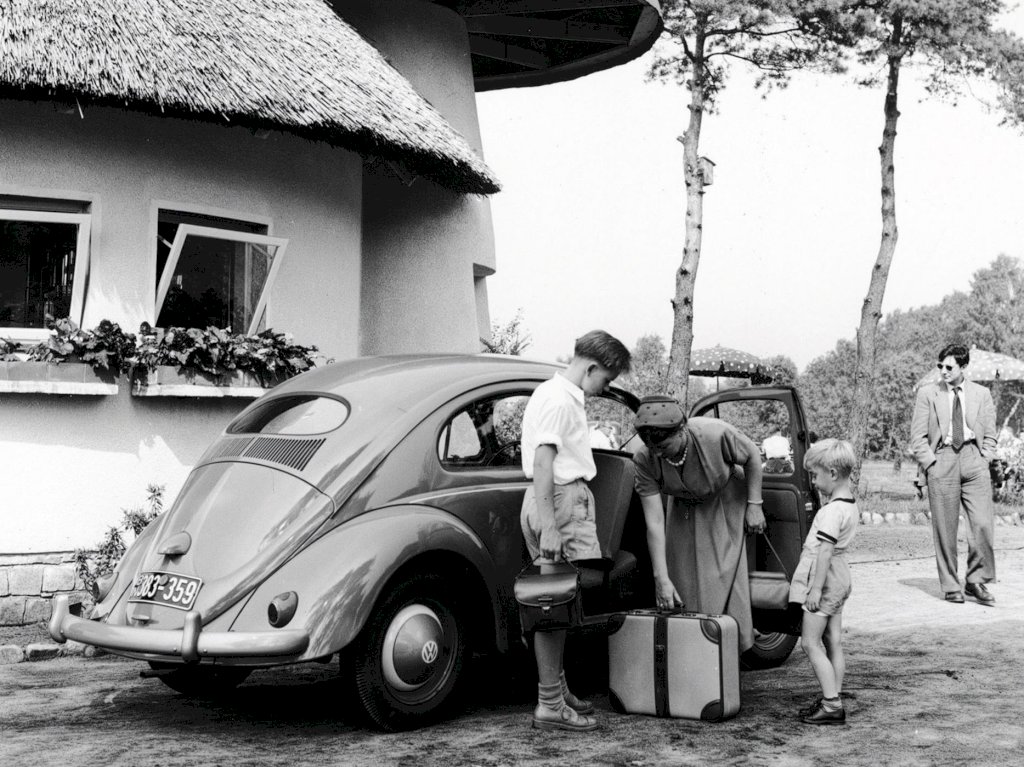
2. Development
The development of the Beetle began in the late 1930s under the guidance of Ferdinand Porsche. The first prototype, known as the “Volkswagen Type 1,” was unveiled in 1938.
3. Production
Although the initial plans were to produce the Volkswagen Beetle in significant numbers, World War II interrupted mass production. Therefore, only a limited number of 1938 models were produced, and most of them were likely used for testing and evaluation purposes.
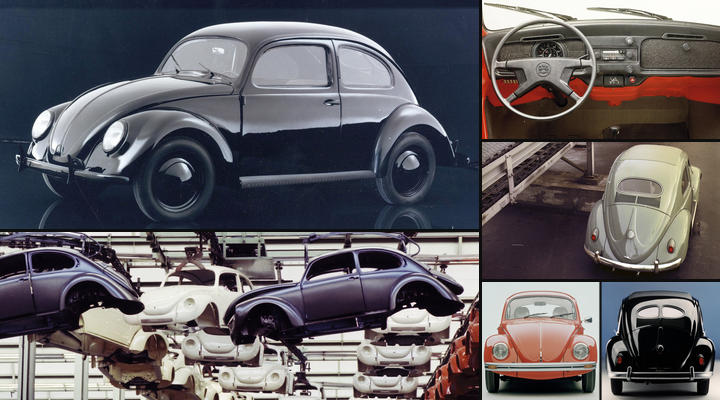
4. Design
The design of the 1938 Volkswagen Beetle, also known as the Type 1, was characterized by its unique and iconic appearance. The 1938 design laid the foundation for the Beetle’s enduring appeal and iconic status in automotive history.
![]()
Rounded Body Shape
The Beetle had a distinctively rounded and curvaceous body shape, which became one of its most recognizable features. The smooth lines and curves of the car’s exterior gave it a friendly and approachable look.
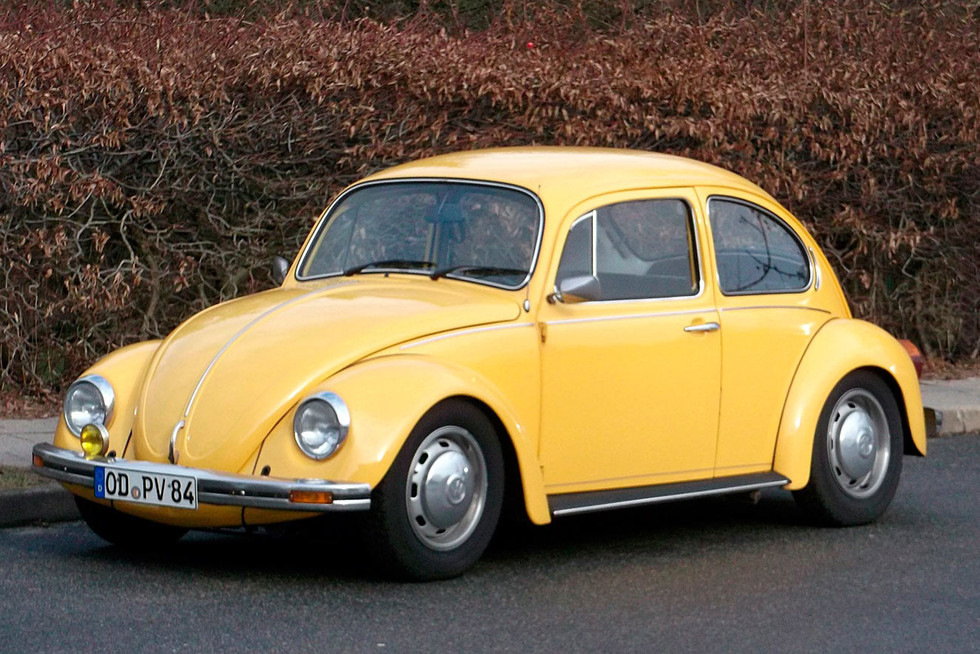
Compact Size
The Beetle had a compact and efficient design. It was relatively small in size, measuring about 4 meters (13 feet) in length, making it suitable for urban driving and maneuverability.
Rear-Engine Configuration
The Beetle featured a rear-mounted engine, which was a departure from the traditional front-engine layout of most cars at the time. The placement of the engine in the rear helped to distribute weight more evenly and provided better traction, especially in slippery conditions.

Air-Cooled Engine Cooling
Instead of relying on a liquid cooling system, the Beetle’s engine used an air-cooling system. This design choice simplified the engine’s construction, reduced maintenance requirements, and allowed for better cooling in different weather conditions.
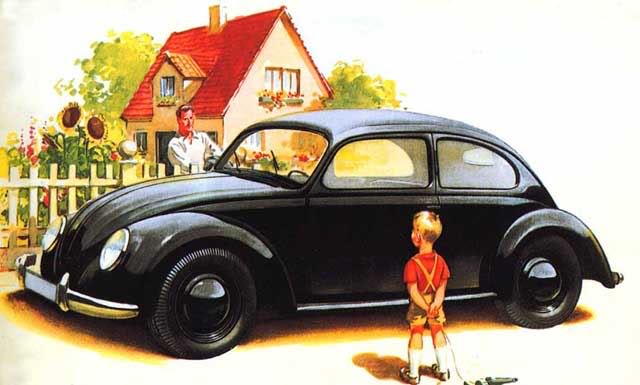
Streamlined Front End
The front end of the Beetle was characterized by a simple and streamlined design. It featured a curved windshield, round headlights, and a prominent VW emblem at the center of the front hood.
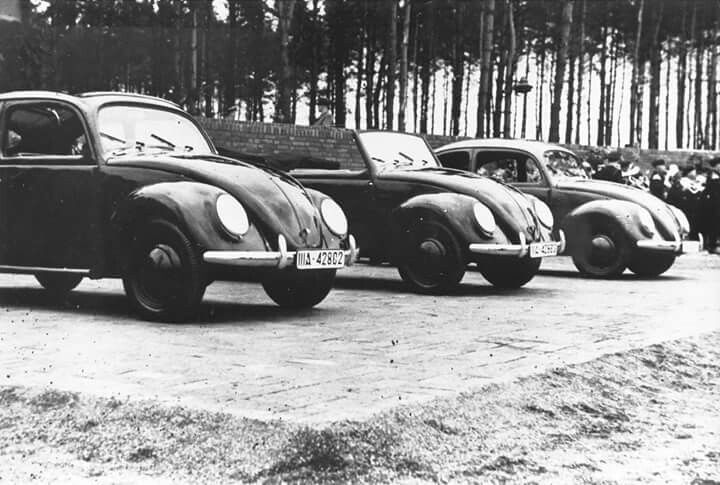
Spacious Interior
Despite its compact size, the Beetle offered a surprisingly spacious interior, thanks to its clever packaging. It could comfortably accommodate four occupants, with generous legroom and headroom for a car of its size.
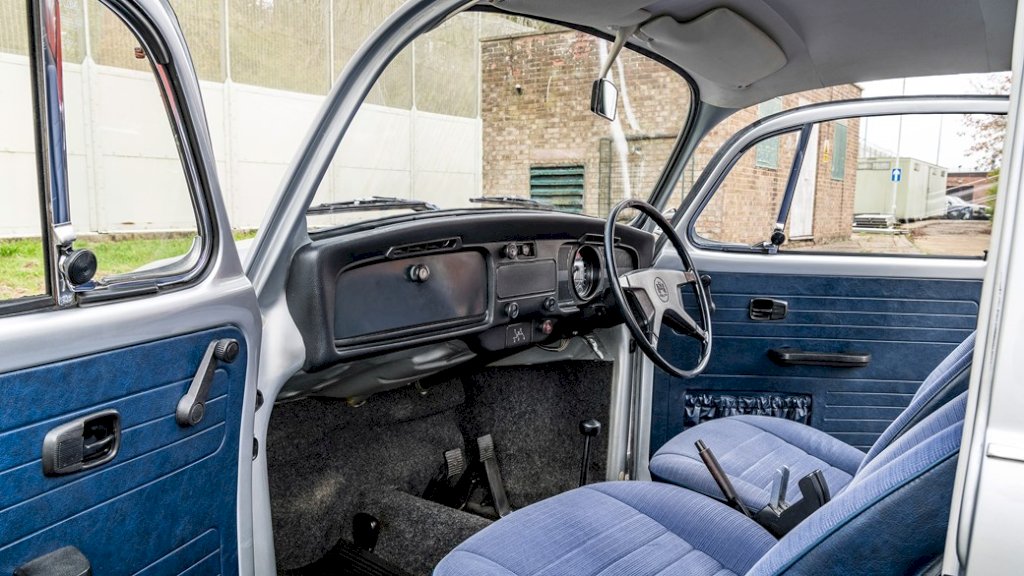
Simplicity and Functionality
The design of the Beetle emphasized simplicity and functionality. It had a minimalist interior with straightforward controls and gauges, allowing for easy operation and maintenance.
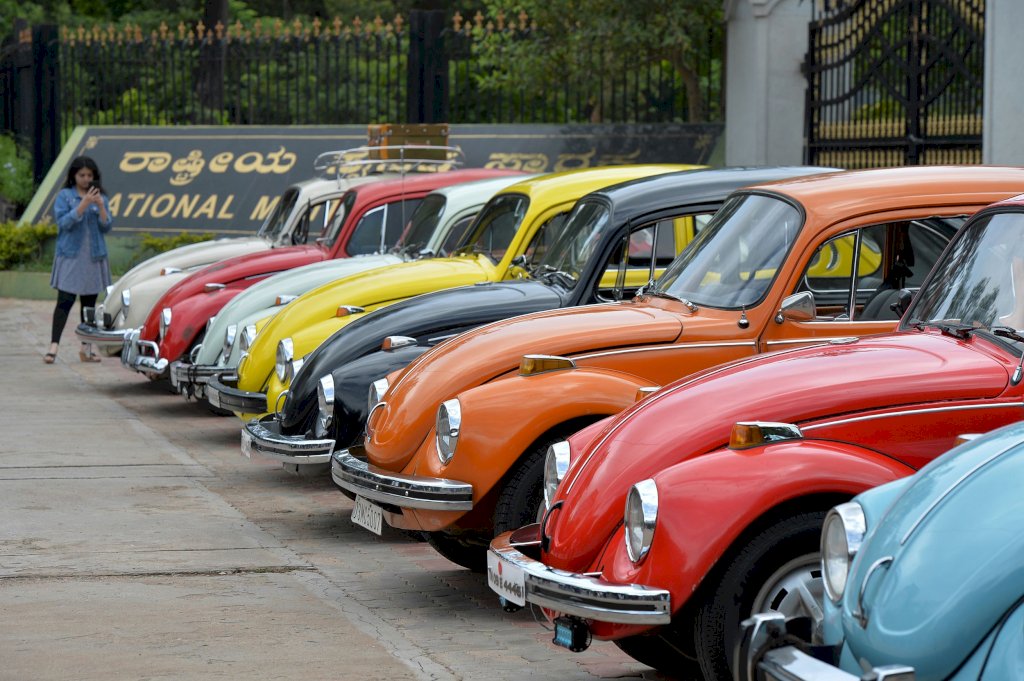
Durability and Strength: The Beetle’s design prioritized durability and strength. It had a robust chassis and a sturdy construction that could withstand various road conditions.
5. Engine and performance
It’s important to note that while the performance specifications of the 1938 Beetle may seem modest by today’s standards, they were adequate for the time and aligned with the car’s intended purpose as an affordable and practical vehicle for the masses.

Engine Type
The 1938 Beetle was equipped with a flat-four, air-cooled engine. This type of engine had horizontally opposed cylinders and was commonly referred to as a “boxer” engine due to the motion of the pistons resembling a boxer’s punching motion.

Power Output
The engine produced around 22 horsepower (16 kW) at 3,000 revolutions per minute (RPM). It’s important to note that power outputs may vary depending on the specific model and any modifications or upgrades made to the vehicle.

Performance
The 1938 Beetle had a top speed of around 100 km/h (62 mph), which was quite respectable for a car of its era. The acceleration of the Beetle was modest, with a 0 to 60 km/h (0 to 37 mph) time of approximately 32 seconds.

Fuel Economy
The Beetle was designed to be fuel-efficient, which was one of its key selling points. It had a relatively low fuel consumption, allowing for cost-effective and practical transportation.
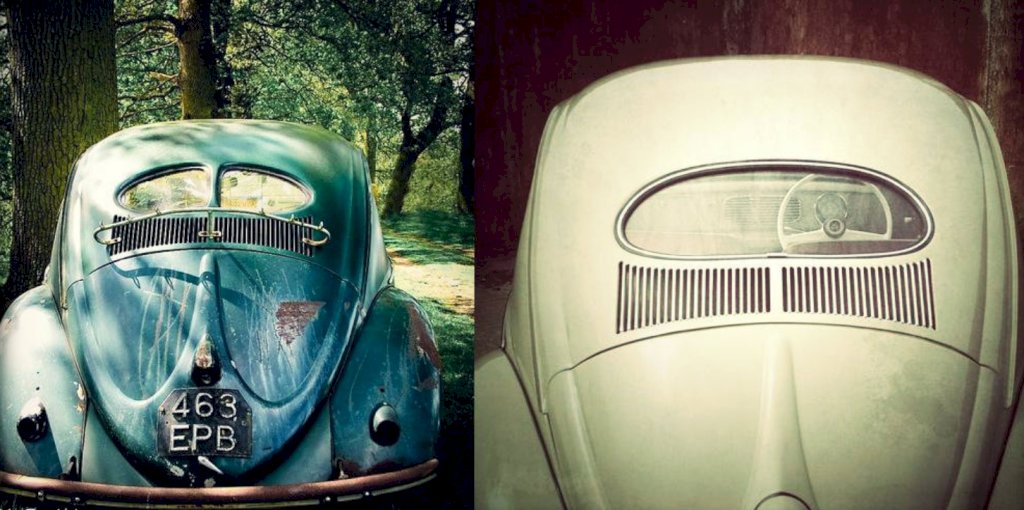
Transmission
The 1938 Beetle was typically equipped with a 4-speed manual transmission. The transmission was synchronized for smoother gear changes, improving the overall driving experience.
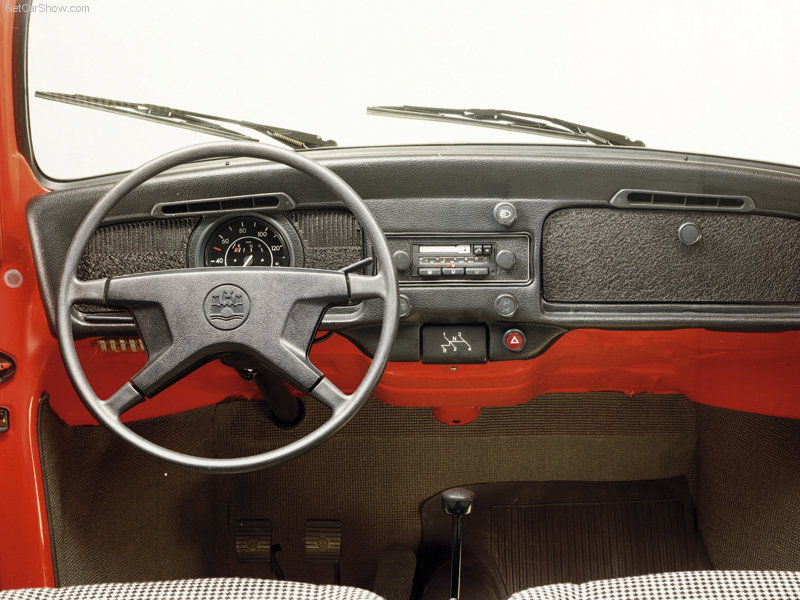
Rear-Wheel Drive
The Beetle utilized rear-wheel drive, with power delivered to the rear wheels. This configuration, coupled with the rear-mounted engine, provided good traction and stability, particularly in slippery conditions.
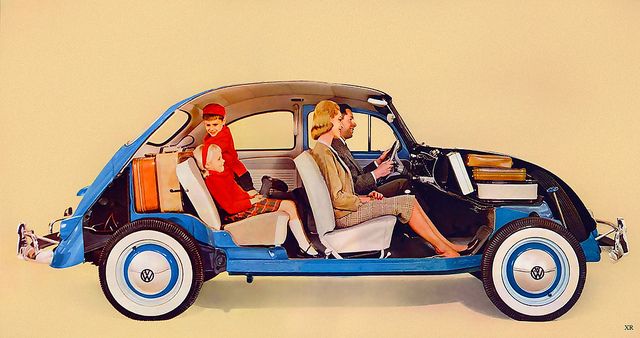
Suspension and Handling
The 1938 Beetle featured a torsion bar suspension system, which provided a comfortable ride and helped absorb bumps and road imperfections. The overall handling of the Beetle was characterized by its stability and nimbleness, making it well-suited for city driving and maneuvering.
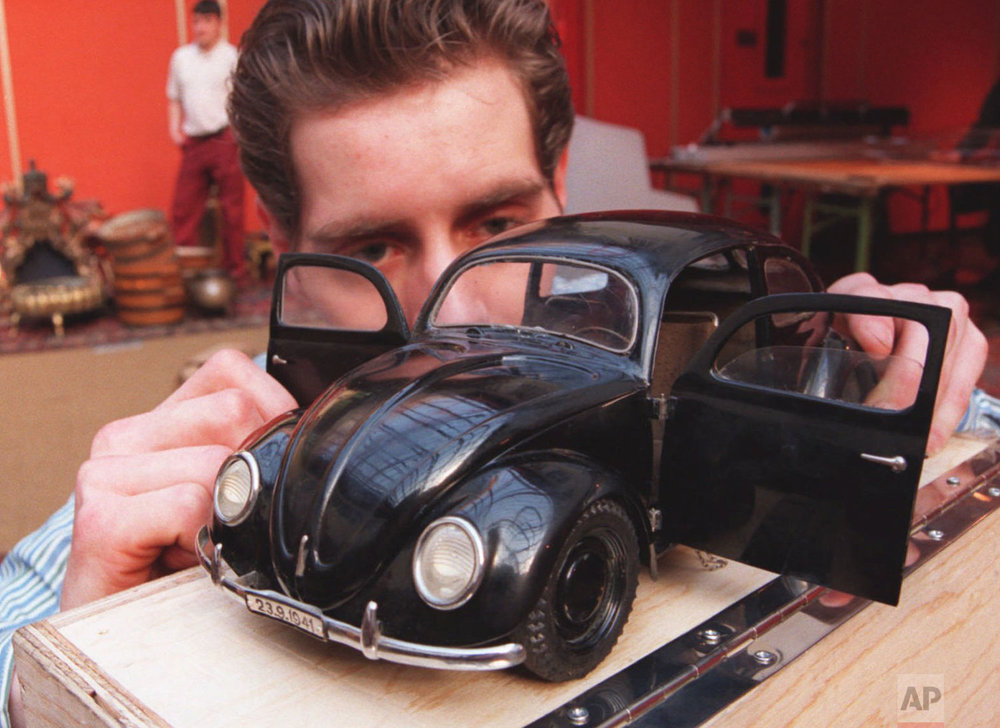
6. Cultural Significance
People’s Car: The Beetle was originally conceived as the “People’s Car” in Germany, representing a vision of providing affordable and practical transportation for the masses. Its design and affordability made car ownership more accessible to a wider population, symbolizing a democratization of mobility.
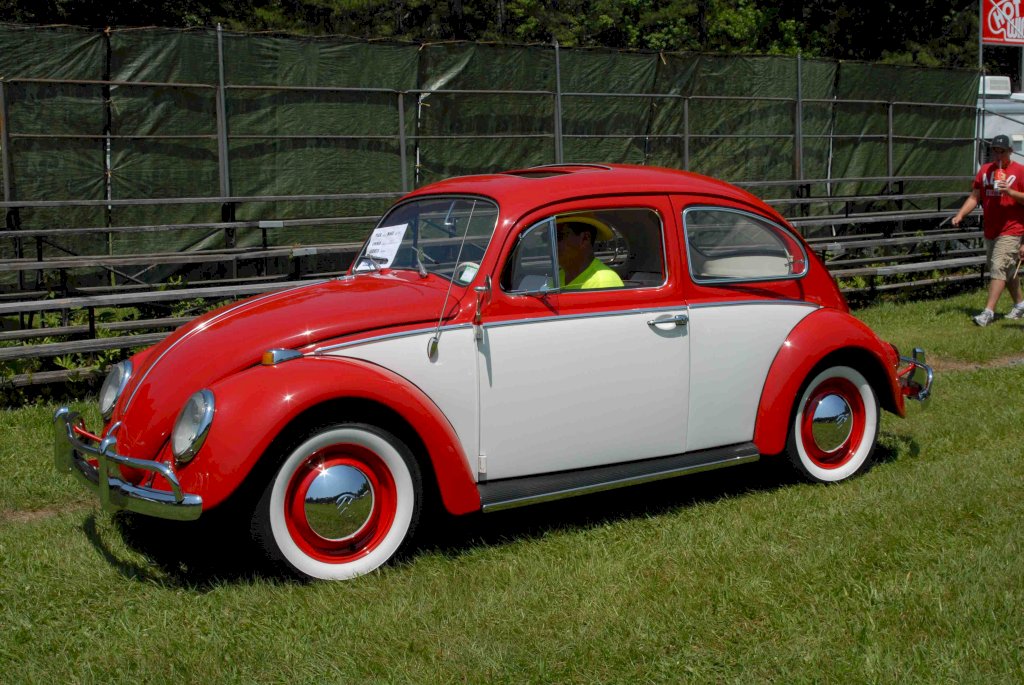
Iconic Design
The Beetle’s distinctive rounded shape and unique design elements made it an icon in the automotive world. Its recognizable silhouette became a symbol of simplicity, functionality, and durability. The Beetle’s design has influenced subsequent generations of compact cars and left a lasting impact on automotive aesthetics.

Popularity and Global Reach
The Beetle gained immense popularity worldwide, transcending borders and cultures. It became one of the best-selling cars in history, with millions of units sold across different continents. The Beetle’s global reach contributed to its cultural significance, as it became a recognizable symbol of automotive heritage and a shared cultural experience.
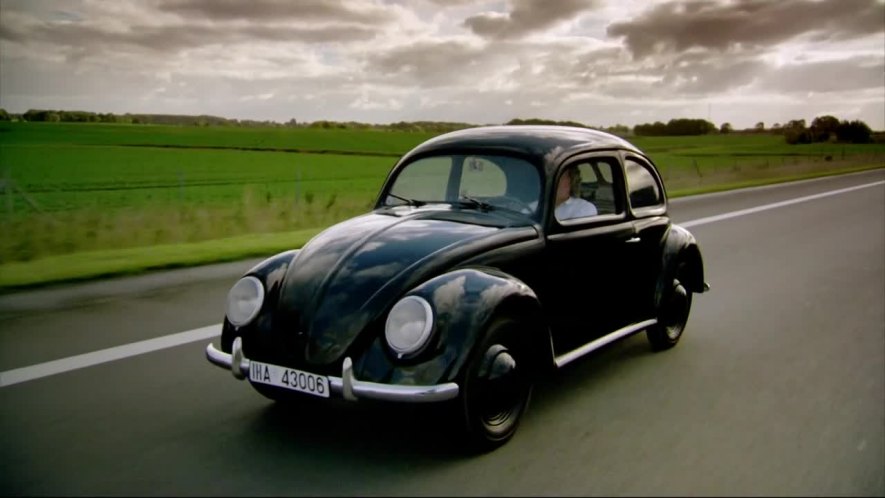
Historical Context
The Beetle’s production and popularity spanned significant historical events. It emerged during a time of political and social change in Germany, with the rise of Adolf Hitler’s regime and the quest for a “people’s car.” The Beetle’s association with Germany’s history, World War II, and post-war reconstruction adds to its cultural significance and storytelling.
Film and Pop Culture
The Beetle’s iconic status extended to film and popular culture. It made appearances in movies such as “The Love Bug” series and “Herbie: Fully Loaded,” further solidifying its cultural presence. The Beetle’s charm and character resonated with audiences, turning it into a beloved symbol in the entertainment world.
